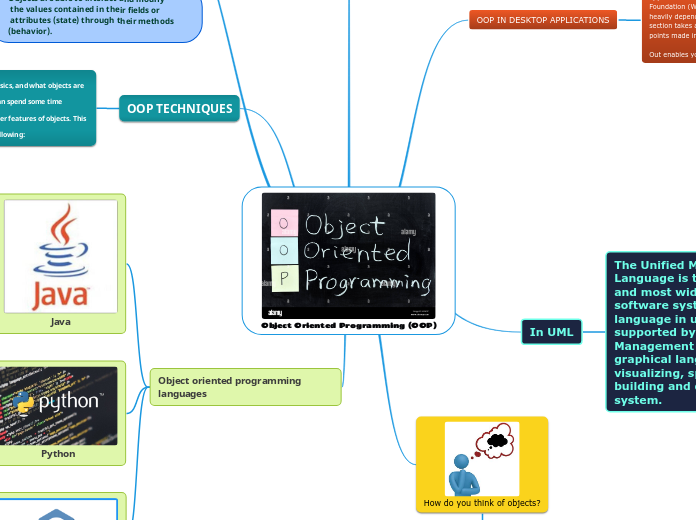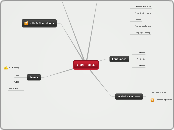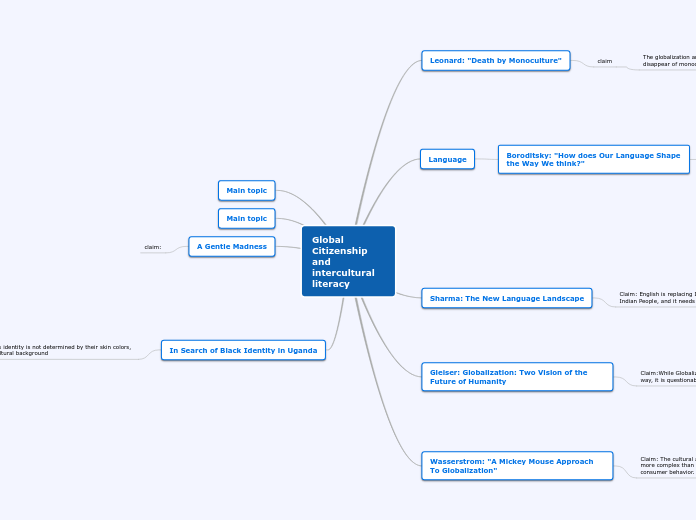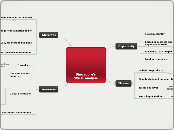a Harol Rodriguez 3 éve
245
Object Oriented Programming (OOP)
Object-oriented programming (OOP) is a paradigm that structures software design around data, or objects, rather than functions and logic. This approach focuses on the relationships and interactions between objects, employing techniques such as polymorphism, inheritance, and operator overloading.









